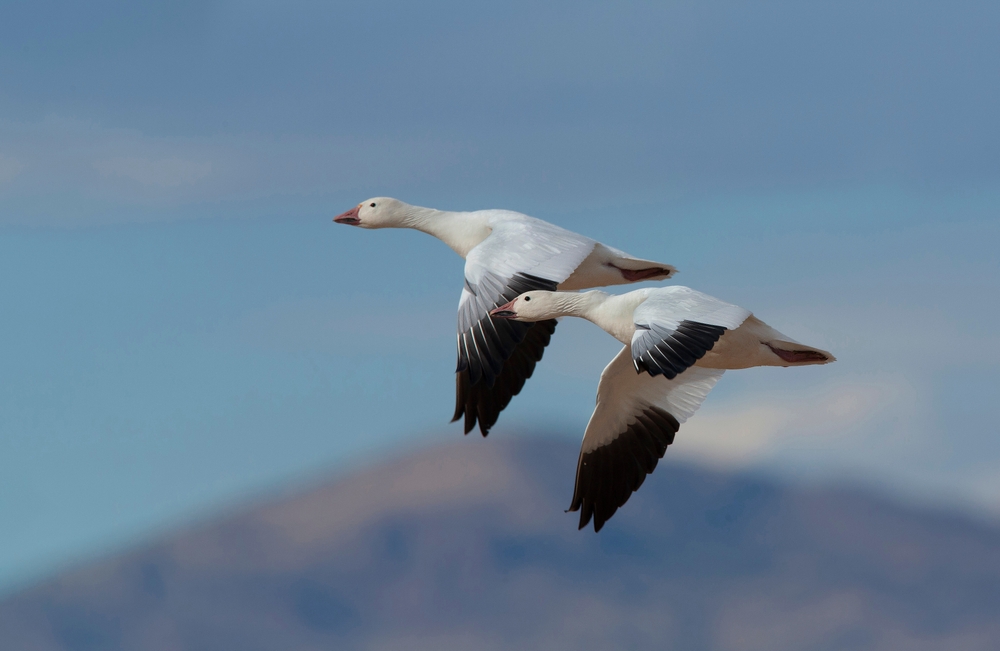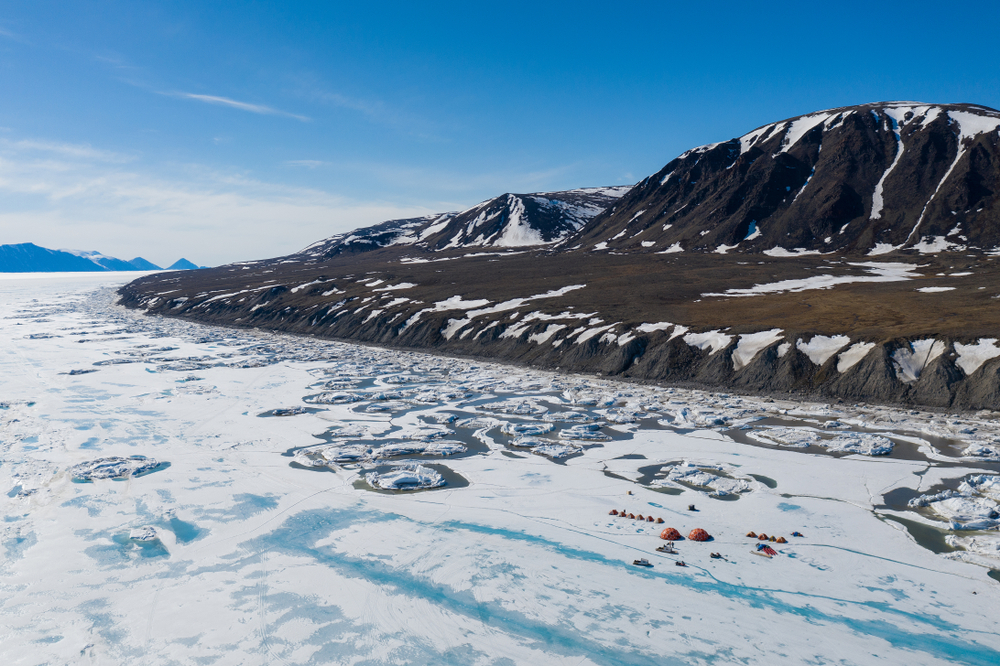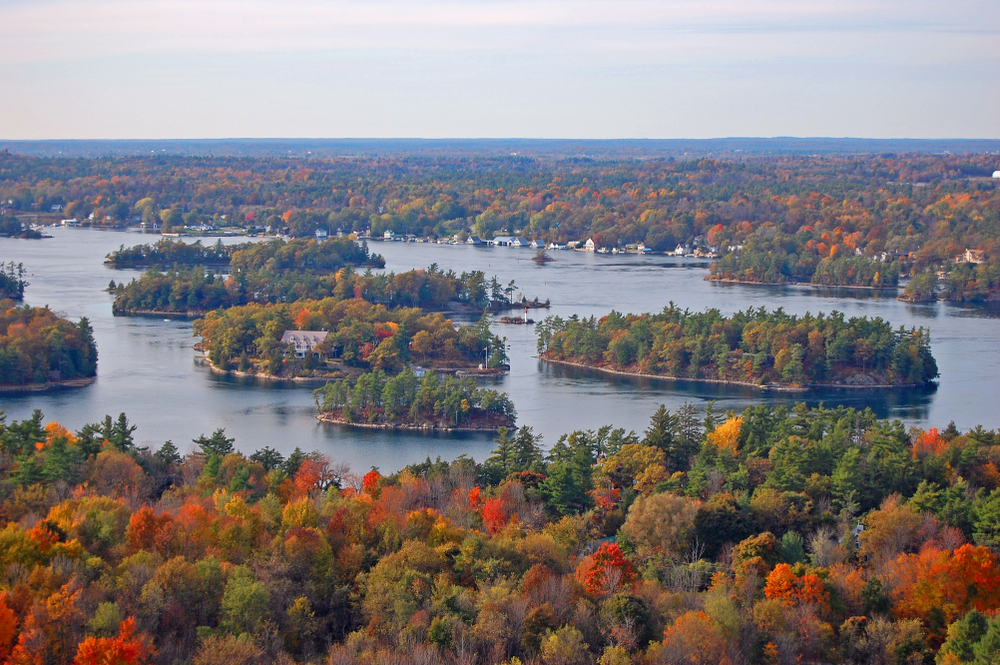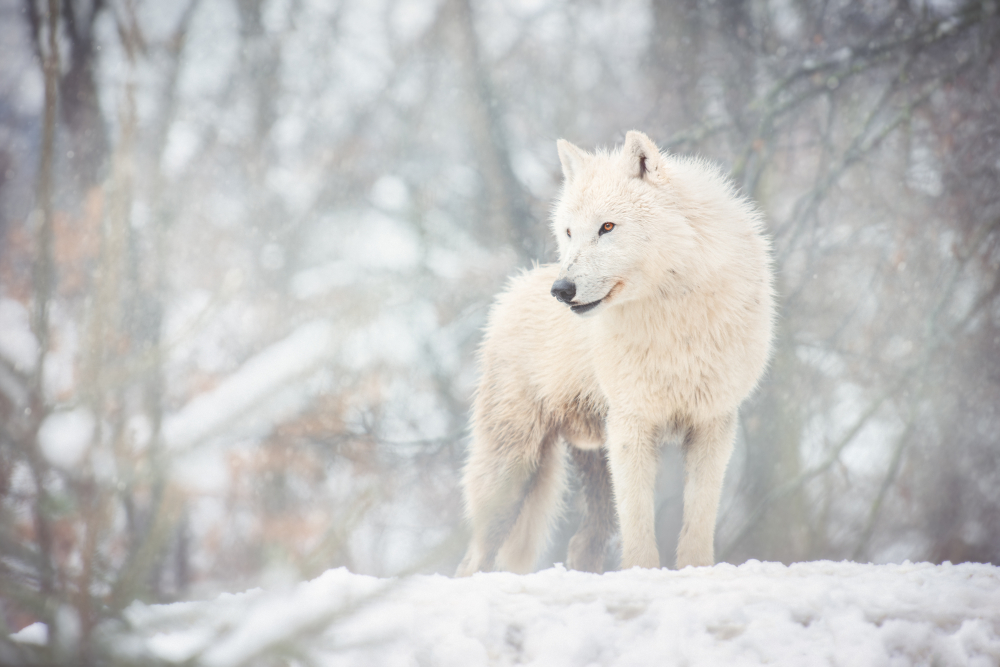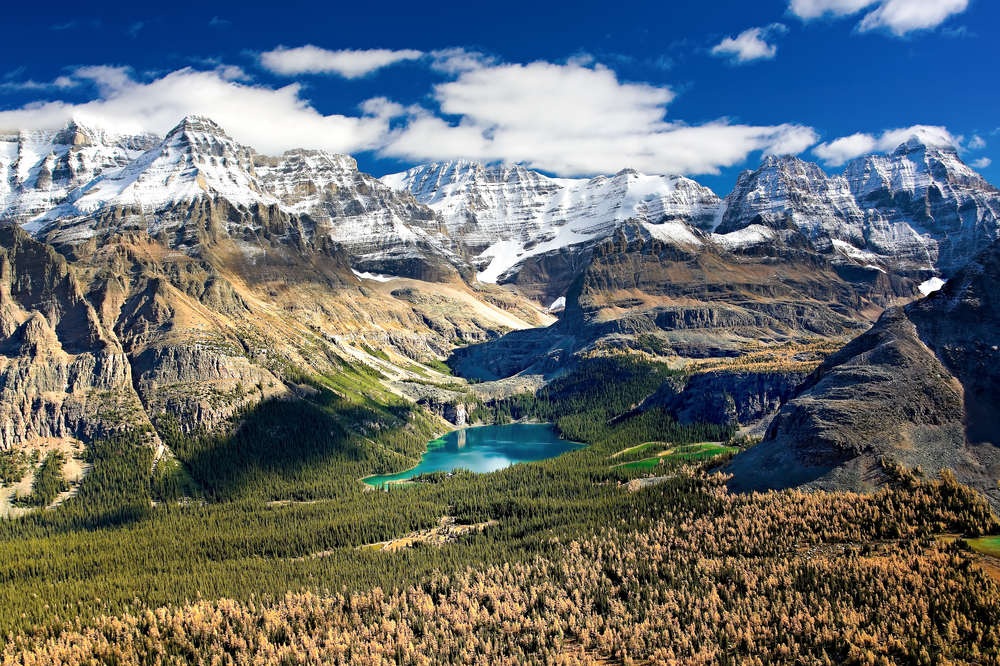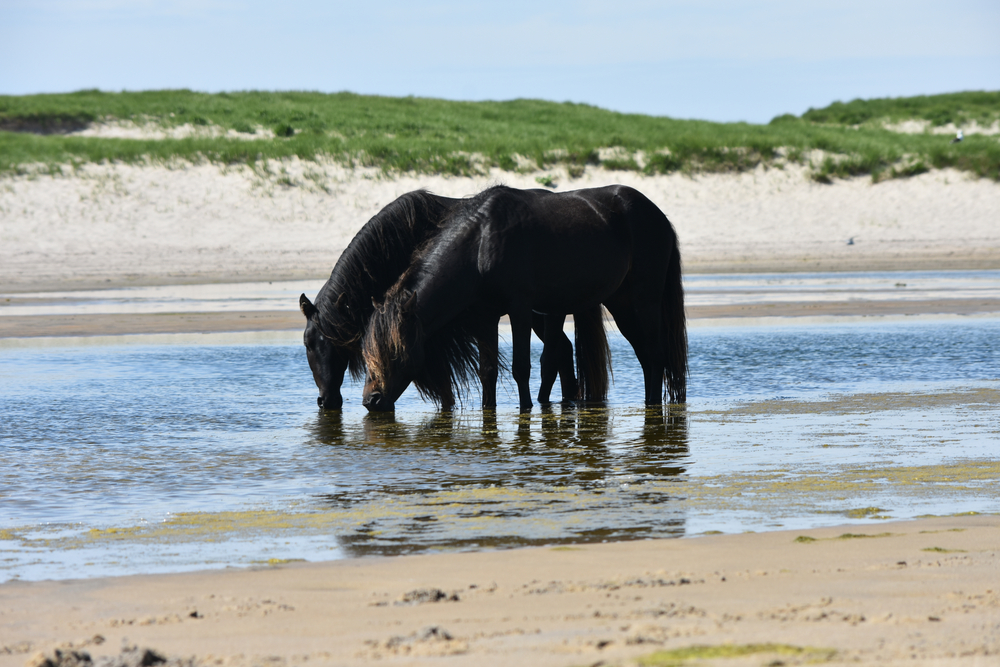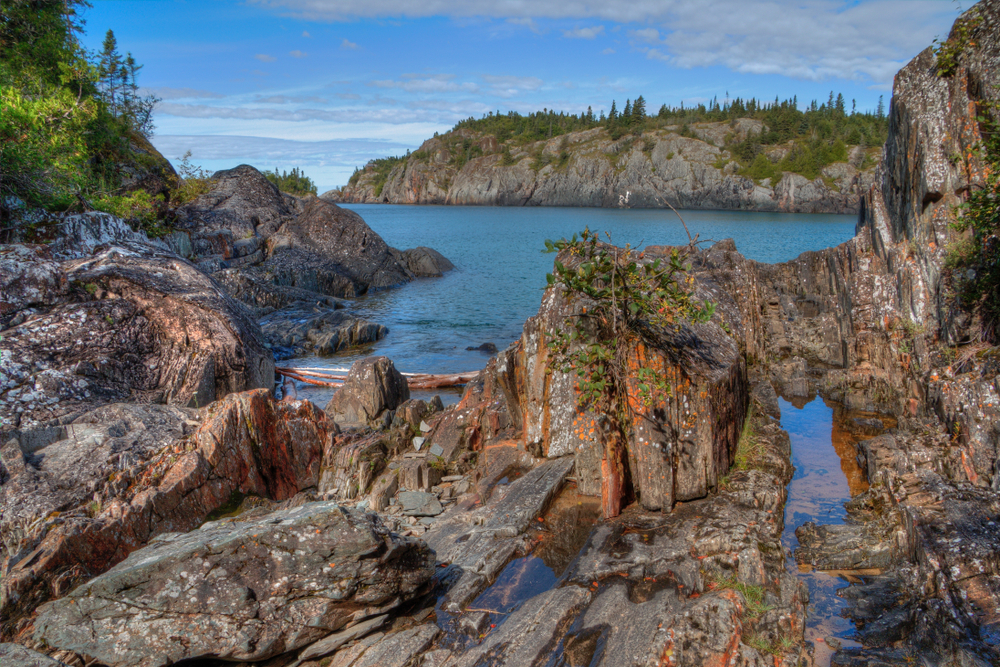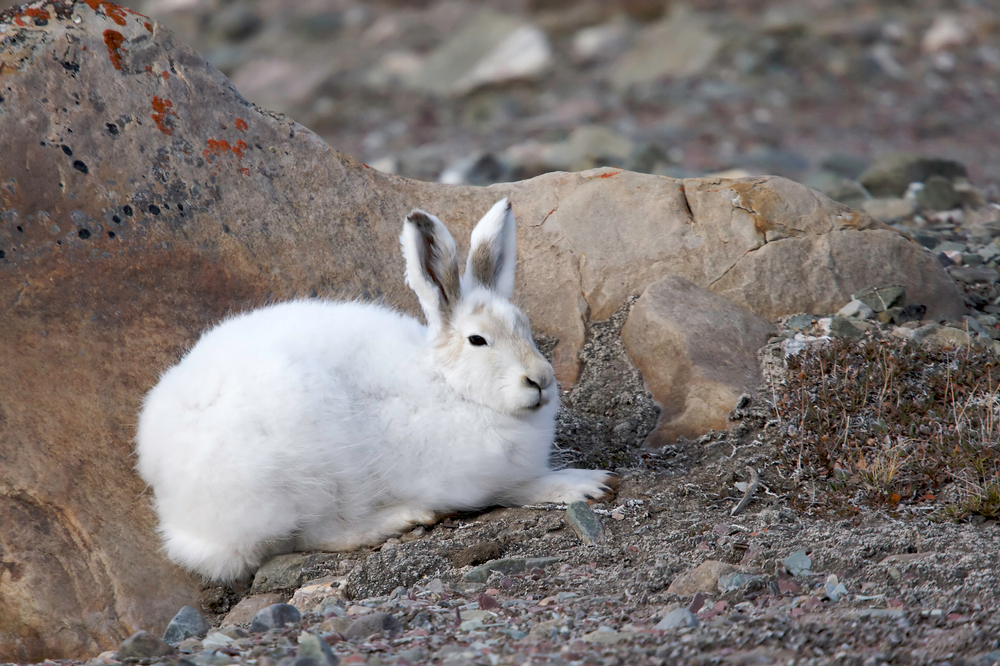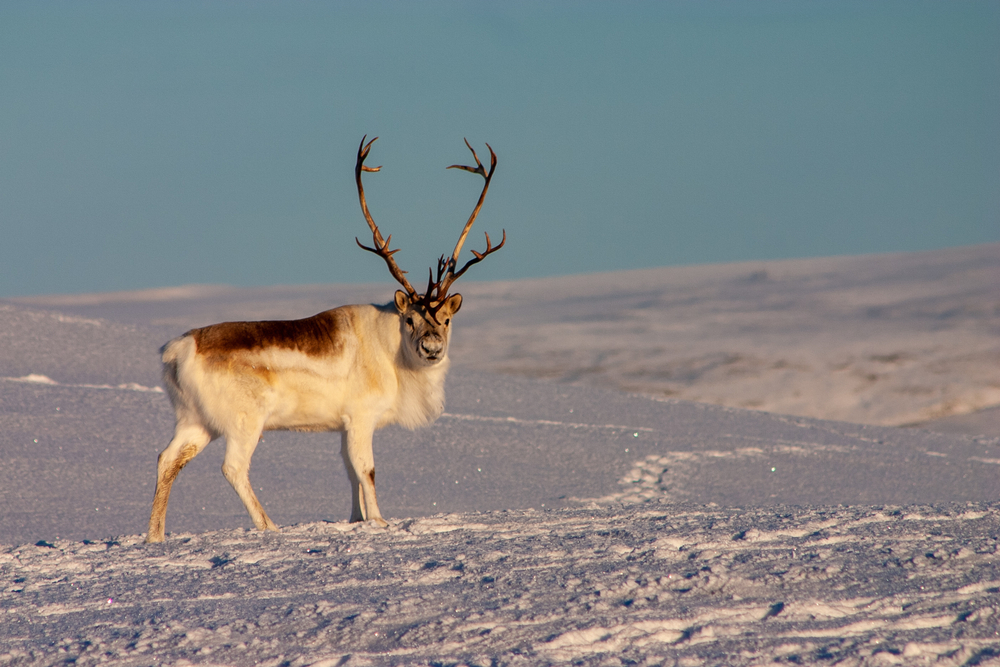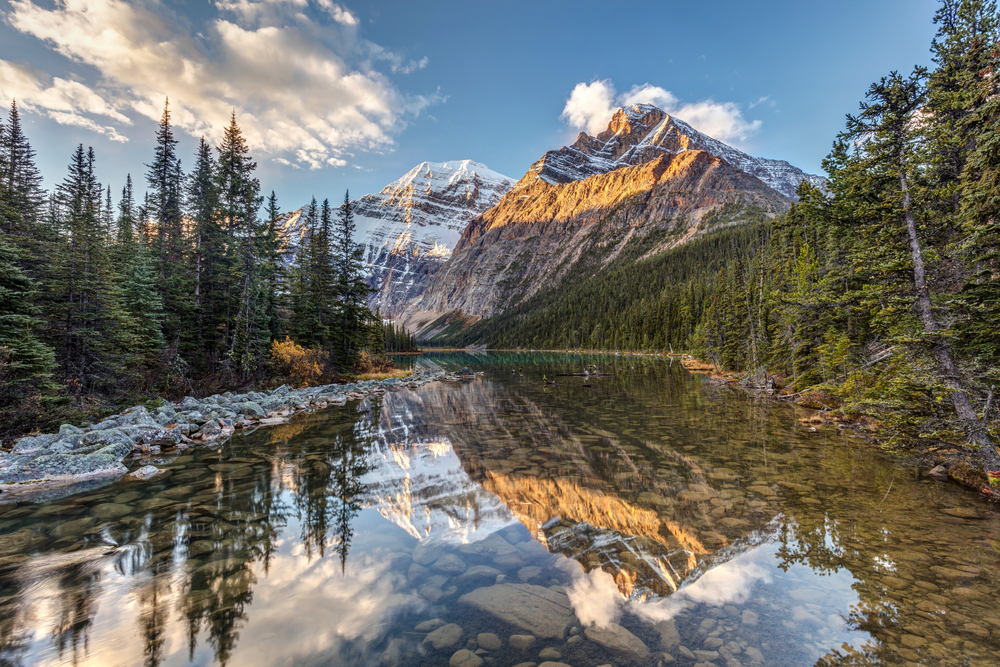Ukkusiksalik Overview
Ukkusiksalik National Park, located in Nunavut, Canada, is a vast and remote protected area spanning approximately 8,904 square miles (23,088 square kilometers).
Named after the soapstone found in the region, the park is situated south of the Arctic Circle, surrounding the immense Wager Bay, a 62-mile (100-kilometer) long inland sea inlet off Hudson Bay. This rugged and wild landscape features rolling tundra, coastal mudflats, rocky ridges, and dramatic cliffs, offering breathtaking scenery shaped by glacial activity and Arctic weather patterns.
The park is home to more than 500 archaeological sites, reflecting the deep history of the Inuit, whose ancestors have lived in the region for thousands of years.
The terrain is characterized by low-lying tundra covered in mosses, lichens, sedges, and Arctic willows, with occasional pockets of boreal forest where stunted spruce trees grow. The park’s defining feature is Wager Bay, a fjord-like inlet surrounded by steep cliffs, islands, and tidal flats.
The region also boasts eskers, raised ridges of sediment left by ancient glaciers, along with rocky outcroppings and permafrost-laden soil. In summer, the land bursts with color as Arctic wildflowers bloom, painting the tundra in vibrant hues of yellow, purple, and white.
Wildlife thrives in Ukkusiksalik National Park despite the extreme climate. The park is an important habitat for polar bears, which can often be seen hunting along the coastline or roaming the tundra. Other notable mammals include Arctic wolves, barren-ground caribou, Arctic foxes, and wolverines. The waters of Wager Bay support beluga whales and ringed seals, while the park’s skies are filled with an array of bird species.
Peregrine falcons and gyrfalcons nest along the cliffs, while snowy owls glide silently over the tundra. Migratory birds, such as snow geese and tundra swans, stop in the park during the summer months, taking advantage of the rich feeding grounds provided by the wetlands.
Visitors to Ukkusiksalik National Park are drawn by its pristine beauty and remote wilderness. Popular activities include wildlife viewing, particularly for those hoping to see polar bears in their natural habitat. The park’s numerous archaeological sites, including the remains of ancient Thule and Inuit dwellings, offer a fascinating glimpse into the region’s cultural history.
Hiking and backcountry camping are possible for experienced adventurers who come prepared for the Arctic’s unpredictable conditions. The tidal flats of Wager Bay provide opportunities for boating and sea kayaking, allowing visitors to navigate the dramatic coastal landscapes while keeping an eye out for marine life.
Conservation efforts in Ukkusiksalik National Park focus on preserving its fragile Arctic ecosystem while supporting the cultural heritage of the Inuit communities who have lived in the region for generations. The park operates in collaboration with local Inuit groups, ensuring traditional knowledge plays a role in its management.
Climate change presents a significant challenge, with warming temperatures threatening the permafrost, wildlife migration patterns, and the balance of the Arctic ecosystem. Despite these challenges, the park remains a testament to successful conservation efforts, maintaining its pristine landscapes and supporting wildlife populations while fostering Indigenous stewardship of the land.








































































